With its significance and identity value, the salt making profession in Sa Huynh (Pho Thanh Ward, Duc Pho Town, Quang Ngai) was recognized by the Ministry of Culture, Sports and Tourism as a National Intangible Cultural Heritage on December 10, 2024.
Sa Huynh salt fields (Pho Thanh Ward, Duc Pho Town, Quang Ngai). PHOTO: T.HA
This is an affirmation of the long-standing cultural value of this famous salt village, giving salt farmers more motivation to promote the preservation and development of the salt industry here.
Salt village in Sa Huynh cultural space
According to Dr. Doan Ngoc Khoi, a researcher specializing in Sa Huynh culture, Sa Huynh salt fields are located in the space of the special national relic of Sa Huynh culture, so it is an inseparable element of this archaeological culture.
The salt industry in Sa Huynh is still a collective community, passed down through many generations. Although the salt workers here have suffered many hardships in life with their profession, they still do not give up their profession. This is very different from many ancient salt villages in Quang Ngai and other places, when they cannot make a living from salt production, they are willing to switch to other farming and farming to earn a living.
According to research documents of Quang Ngai Provincial Museum, Sa Huynh land has gone through many historical periods, and has changed its name several times. The salt industry was developed by immigrants from famous salt-making regions from Nghe An and Thanh Hoa to Sa Huynh.
During the Nguyen Dynasty, Dang Trong region had a land tax (called upstream tax, tuan ty, dam, lake, ferry, market...), including salt tax (salt field tax) implemented by the So Tuan Ty (So Tuan). In Duc Pho, the So Tuan Ty was located at My A estuary (Pho Quang Ward, Duc Pho Town), and Cam Khe lagoon (An Khe lagoon, Pho Khanh Commune, Duc Pho Town).
Sa Huynh salt farmers put salt in bags for sale. PHOTO: PA
In Dong Khanh Geography, it is also recorded that Sa Huynh salt field, at that time Tan Diem salt village, produced the most salt compared to other salt villages in Quang Ngai province, selling about 7,000 tons each year, including to Hong Kong and especially to the highlands.
According to records found by the Quang Ngai Museum, during the French colonial period, Sa Huynh salt makers suffered the same fate of being oppressed, being bought cheaply and sold expensively. At that time, the French bought everything and sold it at a cutthroat price 10 times higher, prohibiting free trading outside. In 1897, the salt price was 0.05 VND/quintal, and the selling price was 0.5 VND/quintal. In 1904, the buying price was 0.2 VND/quintal, and the selling price was 2.1 VND/quintal. To transport salt, the French opened the North-South railway line and built a train station in Sa Huynh.
Despite the bitterness, the salt farmers here still do not forget their ancestors, their predecessors, the pioneers who established the Sa Huynh salt-making industry. In Tan Diem residential area, Pho Thanh ward today, there is a temple to worship the founder of the salt-making industry. In this temple, the salt farmers burn incense every day, and the scent of agarwood incense is never absent on the 15th and 1st of the lunar month, and on the Thanh Minh festival on the 16th of the 4th lunar month.
Sa Huynh salt village is located in the Sa Huynh cultural space with famous archaeological sites: Long Thanh, Thanh Duc (Pho Thanh Ward) and Phu Khuong (Pho Khanh Commune), with burial relics (jars, pots, pots and earthen tombs)... Therefore, this salt village cannot be separated from the cultural space here. Dr. Doan Ngoc Khoi believes that it is necessary to conduct archaeological excavations to clarify the relics and artifacts related to the salt village of the ancient Sa Huynh people. Doing so is to increase the value of the traditional Sa Huynh sea salt profession located in the archaeological area of the Sa Huynh culture.
SALT PRODUCTION
People are so foolish, oh my/Come in when the weather is cool, come out when it's sunny to dry! is a folk song on the Sa Huynh salt fields, talking about the Sa Huynh salt craft. This traditional craft uses the method of drying water to disperse and crystallize on the ground, depending on the sun, to evaporate the water and deposit salt on the fields. Sa Huynh salt farmers produce salt from January to July of the lunar calendar, then harvest.
Sa Huynh estuary next to salt fields. PHOTO: T.HA
According to Mr. Nguyen Van Ut, a salt farmer in Long Thanh 1 residential group, to get salt, they build a dike to lead water to each salt field which is carefully bordered, divided into fields of about 200 m2 . These salt fields have been cleaned, compacted, and covered with sand. This sand has been soaked in sea water, dried to filter the water to be clearer, the salt will be whiter.
The construction of this stage takes about 2 months. After that, the salt workers bring water into the salt fields. At this time, most salt workers work at noon, because when the water is saltier, the salt will quickly increase in density, until the salinity gradually increases from 5g/l - 7g/l, and crystallizes into salt grains of 24 - 23g/l. When salt forms, the tiny grains are called "butterfly egg salt", the salt layer thickens and becomes porous, called "flower salt" and finally the salt forms larger salt grains.
According to the experience of Sa Huynh salt farmers, the hotter the sun, the faster the sea water evaporates, the salt grains become larger and whiter. Meanwhile, salt made on the ground has a special flavor and is more delicious than salt made on cement or tarpaulin floors. Therefore, most Sa Huynh people today still make salt by hand on the ground as in the old tradition.
Currently, Sa Huynh salt fields have about 106 hectares, with more than 560 salt-farming households participating in 3 residential groups: Tan Diem, Long Thanh 1, Thanh Duc 1 (Pho Thanh Ward). Sa Huynh salt output sold to the market each year is about 6,500 - 7,000 tons. There are many types of salt-related products, such as: Grain salt, stewed salt, pepper salt, bamboo salt, flower salt, foam salt... However, the price of salt fluctuates, there are years when the price of flower salt is only 20,000 VND/kg, foam salt is 500 VND/kg.
Dr. Khoi proposed that Sa Huynh salt village should preserve the integrity of its living space, limit urbanization conflicts, and environmental pollution hazards. In the near future, Quang Ngai will maintain and preserve the religious architecture (temple worshiping the salt industry's founder) and the rituals in the salt industry's founder worshiping ceremony on the 16th day of the 7th lunar month every year. This is also an opportunity for salt farmers to restore the folk performing arts of singing tuong and singing ba trao in the Sa Huynh salt industry's founder worshiping ceremony. (continued)


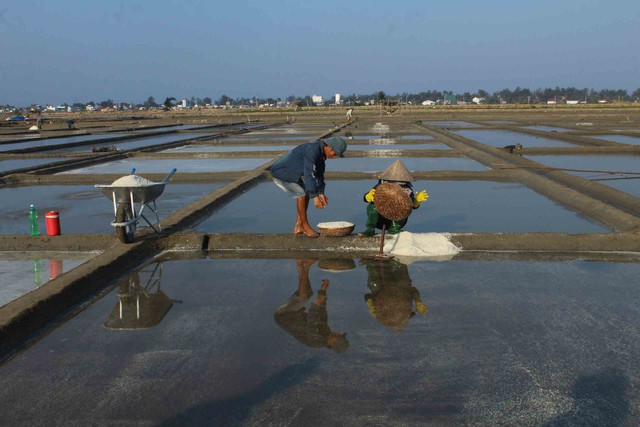
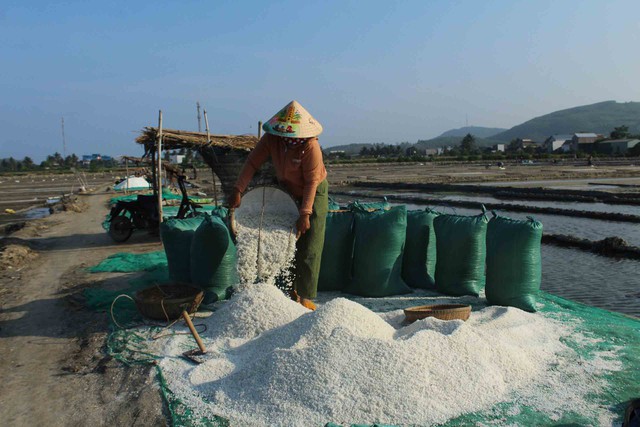
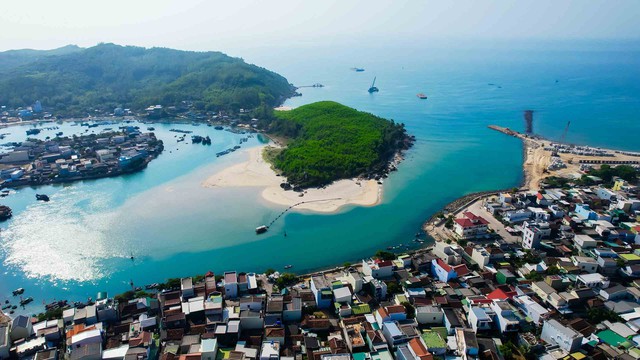

![[Photo] Prime Minister Pham Minh Chinh receives Swedish Minister of International Development Cooperation and Foreign Trade](https://vphoto.vietnam.vn/thumb/1200x675/vietnam/resource/IMAGE/2025/5/12/ae50d0bb57584fd1bbe1cd77d9ad6d97)
![[Photo] Prime Minister Pham Minh Chinh works with the Standing Committee of Thai Binh Provincial Party Committee](https://vphoto.vietnam.vn/thumb/1200x675/vietnam/resource/IMAGE/2025/5/12/f514ab990c544e05a446f77bba59c7d1)
![[Photo] Prime Minister Pham Minh Chinh starts construction of vital highway through Thai Binh and Nam Dinh](https://vphoto.vietnam.vn/thumb/1200x675/vietnam/resource/IMAGE/2025/5/12/52d98584ccea4c8dbf7c7f7484433af5)






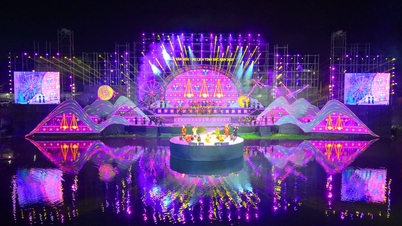

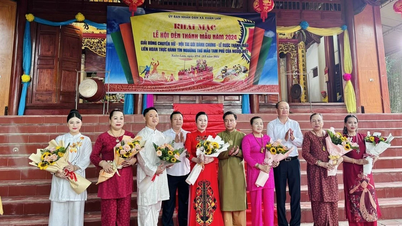










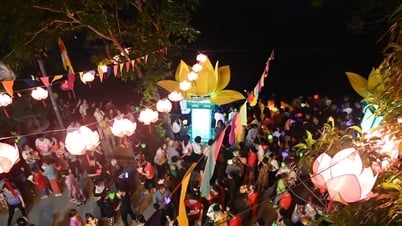



























































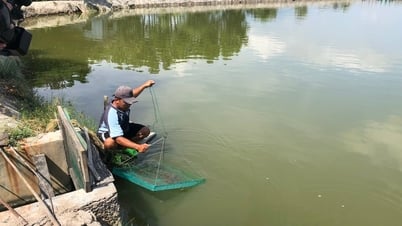


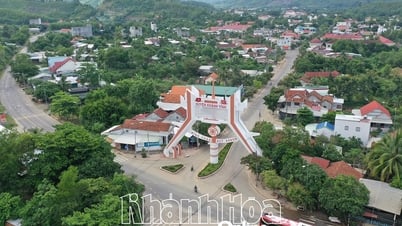











Comment (0)